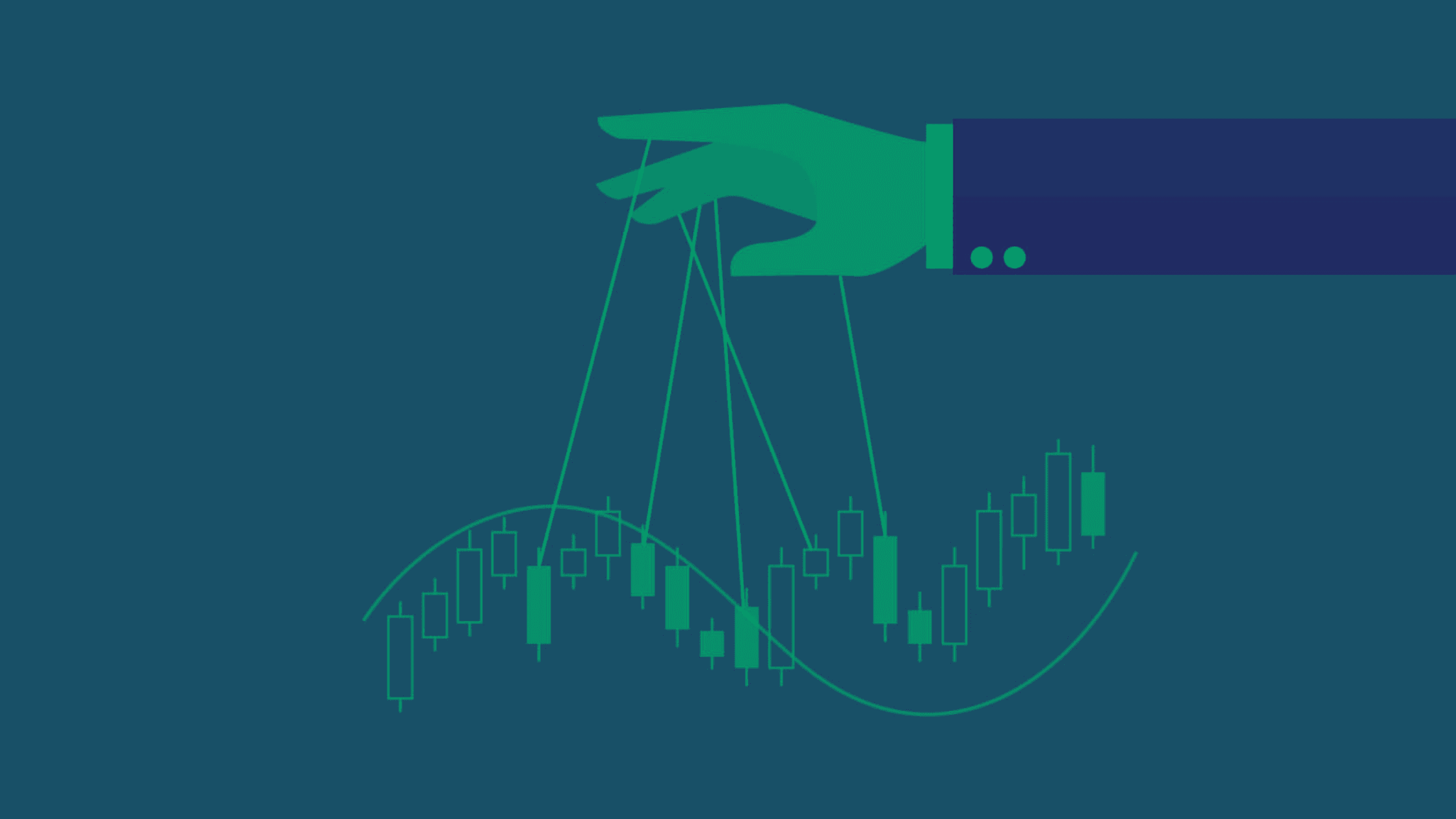
Crypto Market Makers - Do They Manipulate the Price of Crypto
Crypto Market Makers - Do They Manipulate the Price of Crypto
Crypto Market Makers Are Misunderstood
Market makers tend to get a bad rap in the crypto space, we’ve been around long enough to hear it all accusations of price manipulation, artificial pumps, insider games. But the reality isn’t as black and white as some Twitter threads might make it seem, market makers play a much bigger role in the ecosystem than most people realise.
If you’re a founder or part of a project’s leadership team, it’s crucial to understand how market makers operate, where they add value, and where risks actually lie. So let’s break it down and address the big question, do market makers manipulate the price of crypto?
Market Makers Are Essential Infrastructure
Market makers provide the liquidity needed for tokens to trade smoothly among other things, without them, buyers and sellers would struggle to meet, especially during periods of low volume. That lack of liquidity leads to slippage, poor price discovery, and volatility that hurts everyone involved.
In the simplest terms, market makers place continuous buy and sell orders to ensure that trading pairs stay active, they’re not making directional bets on your token. They’re managing risk and providing a buffer so traders can enter and exit without chaos.
If you’ve ever bought a token and seen the price spike 10% from your own order, that’s what happens when no market maker is there, they’re not inflating prices they’re absorbing pressure.
Do Market Makers Really Manipulate Charts?
Let’s tackle the elephant in the room, yes market makers can shape how a chart looks. But no, that doesn’t automatically mean they’re manipulating it, there’s a difference between engineering sentiment and misleading investors.
Most professional market makers aim for stability, that could mean smoothing out erratic price swings, countering bots during a launch, or managing buybacks to maintain structure. Is that manipulation, only if your definition is extremely rigid.
What’s more dangerous is not having a market maker in those cases, bots dictate the price, front-run trades, and exploit poorly managed liquidity. That’s when sentiment turns fast, and the community gets wrecked if you’re leading a project, you have a responsibility to protect your community from that kind of chaos.
Market Makers During Token Launches
Here’s where I’ve seen the most confusion, the launch is the moment when a token is at its most fragile, volume is unpredictable, sentiment is high and everyone’s watching the chart. Without experienced hands at the wheel, the first five minutes can go horribly wrong.
Market makers help structure that moment, they use warmed-up wallets, layered order placement, and carefully designed buyback sequences to reduce the chance of a price crash or fake breakout. None of this is about faking interest, it’s about creating a fair environment where real buyers can enter without being punished.
If you go live without support and get sniped by bots, your token might never recover, that’s the reality and the longer I’ve done this, the clearer it becomes launching without market makers is like sailing without a rudder.
Market Makers After the Launch Still Matter
Another myth is that market makers are only useful during launch week, the truth is their real value shows up after the hype dies down. Markets change, whales come and go, volume dips traders panic and that’s when a token needs structure more than ever.
Post-launch, market makers manage vaults, rebalance positions, and adjust tactics to protect the chart from major swings. They monitor sentiment, adapt to CEX announcements, react to volume shifts, and keep a close eye on LP activity this isn’t passive work, it’s active, strategy-heavy market management.
Without it, your chart can decay in ways that feel completely out of your control and once confidence is lost, it’s hard to win back.
Why Good Market Makers Don’t Pump, they Protect
One of the biggest misconceptions I see is that market makers are there to pump tokens, that’s not how this works at least not when it’s done properly.
Good market makers focus on structure, not spikes they think in terms of investor confidence, not Twitter hype. That means stabilising price action, guiding healthy volume, and preventing panic dumps that trigger fear.
This is especially important for projects aiming to attract institutional investors or long-term holders, these people don’t want charts that look like meme coins they want consistency. They want risk mitigation and they want to see that someone is actively managing the book, not just hoping things go well.
Crypto Market Making Is a Strategic Partnership
Let’s be honest, market making is a full-time job it requires infrastructure, experience, and deep knowledge of market structure. If your internal dev team is trying to handle this with a script and a few LP tokens, you’re gambling.
At Block AI, we treat every project we work with as a partnership, we bring over 70+ custom scripts, 24/7 human monitoring, and direct node access to manage risk discreetly. It’s not about interfering, it’s about protecting your chart from being at the mercy of every whale, sniper, or dump bot that comes along.
We don’t want to control the price., we want to guide it through volatility, build trust, and help projects maintain momentum long after the launch.
Market Makers Matter More Than You Think
So, do market makers manipulate the price of crypto, not in the way most people think their job is to build structure, provide liquidity, and create a trading environment that reflects a token’s real value. Without that structure, chaos wins and chaos kills projects.
For any serious founder or executive in the Web3 space, market makers aren’t optional they’re essential, they provide more than liquidity they offer guidance, protection, and presence.
At Block AI, we’ve supported over 450 launches and if there’s one thing we’ve learned, it’s you don’t build trust with hope you build it with structure.
